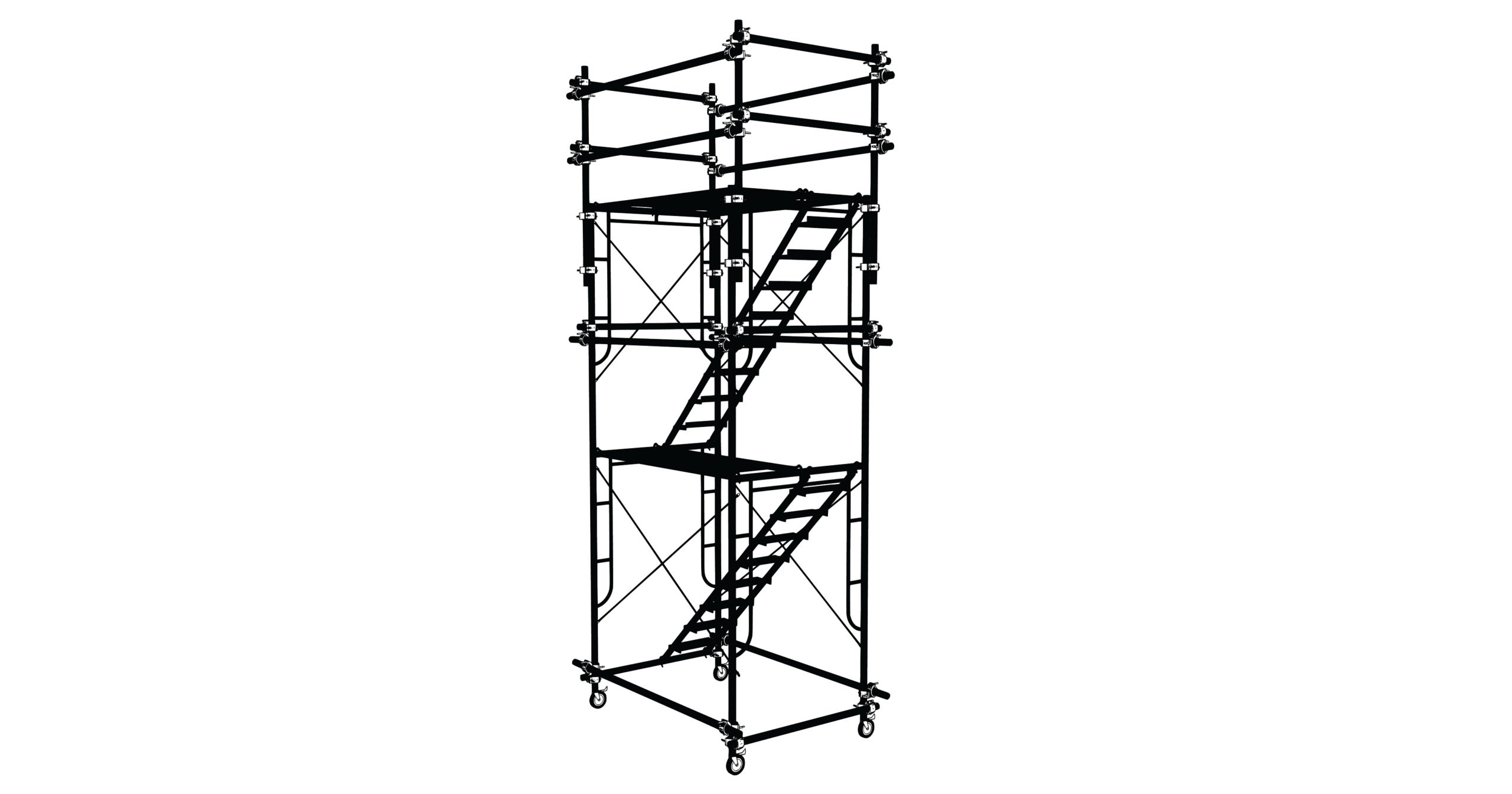Relationships need to be scaffolded. Sex needs to be scaffolded. Date-night even needs to scaffolded. So, what is relationship scaffolding?
Relationship Scaffolding
The simple way to explain scaffolding is to consider a platform, or a bridge: what holds the bridge or platform up? Many people first think of foundations which is correct and important. Yet what sits on foundations and the bridge or platform? The scaffolding.
Scaffolding is often made up of small material combined together to form a super strong structure. If you think metal beams welded or screwed together, or bricks with mortar; smaller pieces that together are provide strength to support the platform. (you might even want to look at building site and how the scaffold is constructed.)
In relationships, scaffolding are the small activities we do which contribute to building a super-strong structure on which the relationship is supported, or scaffolded.
How to Scaffold Your Relationship
Partners often talk to me how they do date-night as a scaffolding activity – in fact date-night needs to be scaffolded. It is regular and smaller activities which builds a scaffold to support the relationship.
Make Relationship Time
Relationship time is exactly that – make time for the relationship. It does not require large volume of time. I recommend spending 10 minutes each day sitting together without distractions (no TV, tablets, telephones or kids [or pets]) and talk about your day. Keep it simple. Keep it short. This is not the time to discuss life-changing plans or activities. Topics like how was your day? or how are you going? are ideal.
Communicate Well
During Relationship Time and at other times, we need to ensure we are communicating well. People think good communication is getting your message across clearly – that is important. The most important aspect of communicating is listening; actively listening, listening with a purpose. When
Use Your Partner’s Language of Love
Love language is the way we need to have love expressed to us. There are five languages of love: acts of service – doing things for our partner; words of affirmation – giving/receiving compliments; quality time – spending time together; physical touch – this is about intimacy and hugs and cuddles (not sex); and giving/receiving gifts – this language is about the thought which is behind the choice of the gift (not the value of the gift). Most of us express love to our partner in our language of love. The trick: learn to speak in your partner’s language of love.
Physical Intimacy
It is the incidental intimacy that also counts. Incidental intimacy is not necessarily planned or asked for; it is the hand holding or touching which occurs and is non-intrusive or carries expectations. Physical intimacy in this sense is not sexual or about sex. In some ways it is the physical touch language of love.
Scaffolding the relationship is the trick to strengthening the relationship. When we spend time scaffolding the relationship, we build a stronger and more resilient relationship. To scaffold the relationship it is small, everyday activities we do in the relationship which makes a difference. Spend time to building a stronger relationship.
A healthy life includes healthy relationships and a healthy sex life.
Enjoy!
Dr Christopher
Dr Christopher Fox is a Psychosexual and Relationship Therapist at Sex Life Therapy in Melbourne. He has clinics in Collingwood and Frankston. He provides eTherapy using secured platforms.
Find out more about relationship therapy at Sex Life Therapy.
Disclaimer: The information contained in this document should be read as general in nature and is only to provide an overview of the subject matter covered. Please see a an appropriate practitioner if you have any concerns.


